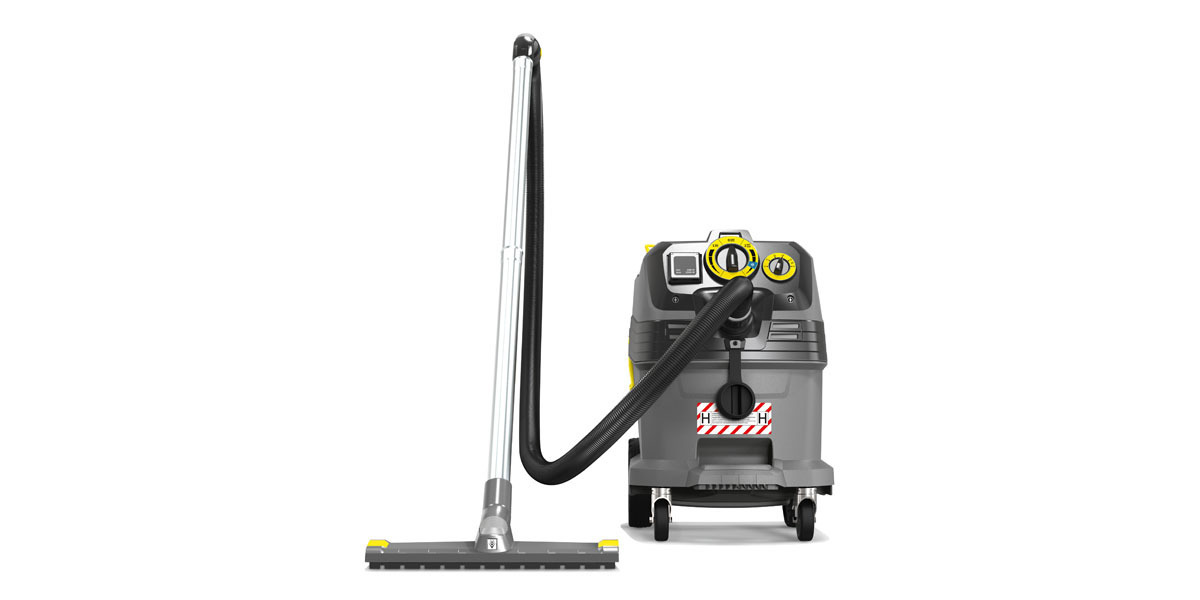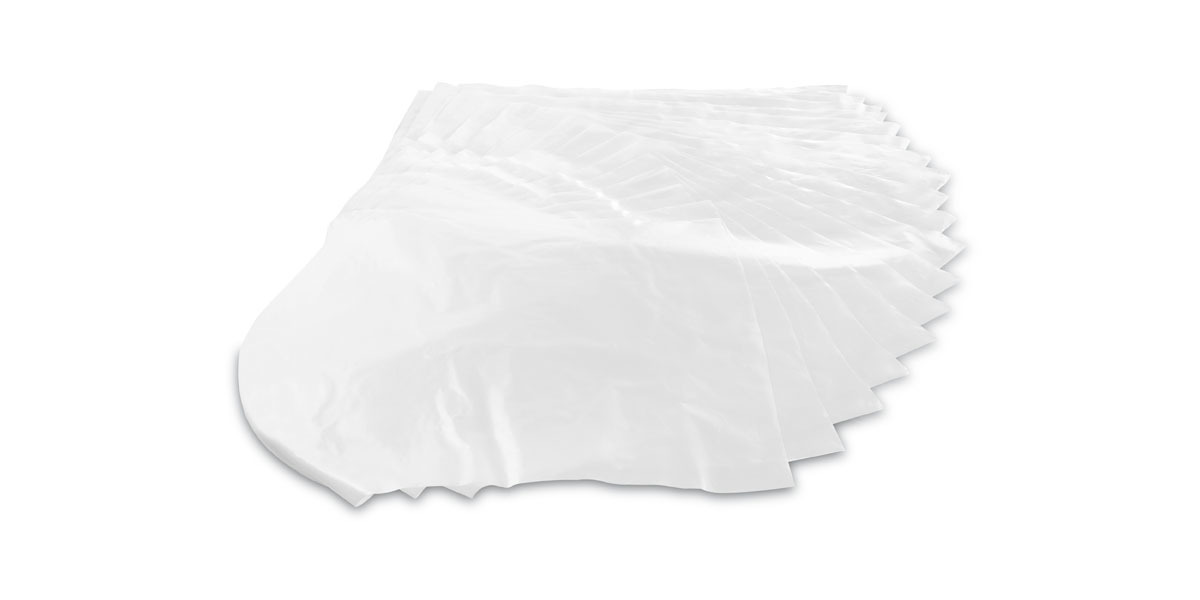Combatting oak processionary moths
For some years now, the oak processionary moth has been on the rise thanks to climate change and a lack of natural competitors or predators. It can become a health risk where people live due to its poisonous stinging hairs. The right approach to tackling the insect is therefore decisive. An environmentally and user friendly method is picking up caterpillars and their nests using safety vacuum cleaners in dust class H.
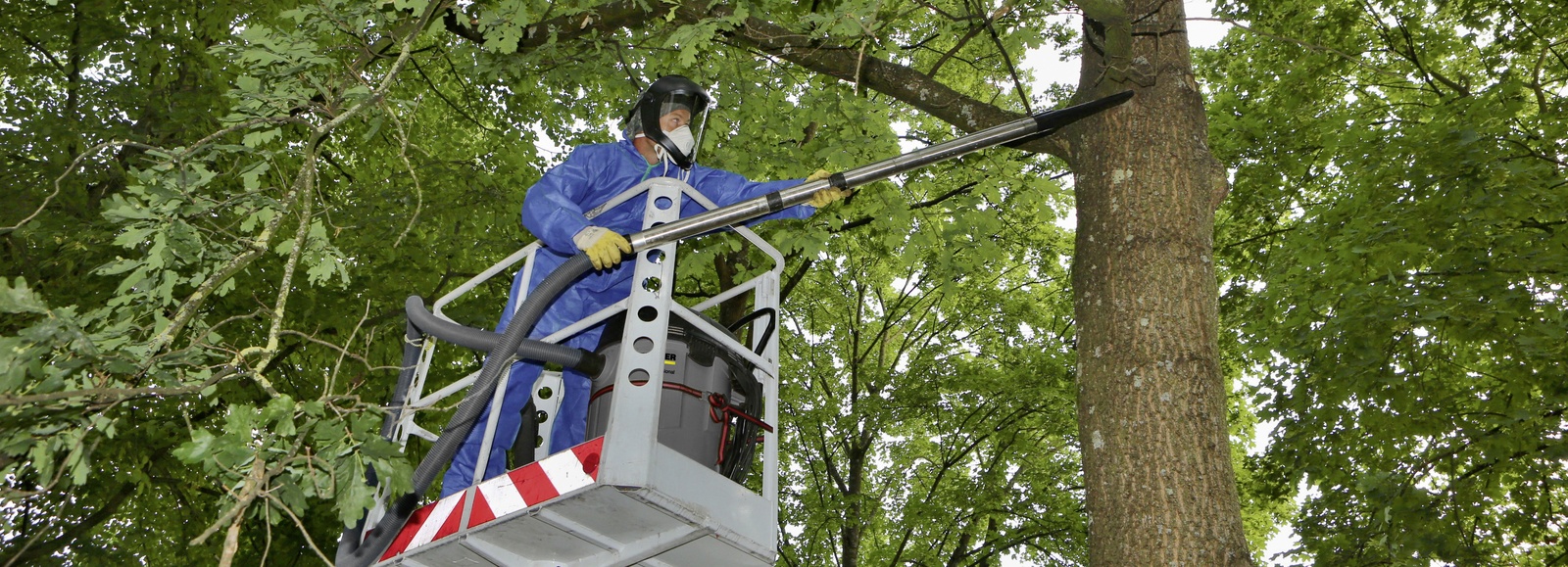
On the rise
In contrast to other pests, the oak processionary moth is a native species, which for a long time was largely unnoticeable and at the most caused problems locally. For several years however, the risk potential has increased due to mass reproduction, both in the Netherlands, Belgium and France, as well as in Germany, Austria and Switzerland. The reasons for this include the increasing planting of oak trees on roads and thus in the vicinity of residential areas, the absence of undergrowth with this planting, the mild climate, as well as the high adaptability of the insect. In contrast, the populations of its natural enemies have not grown to the same extent, meaning an increasing spread can be observed.
From moth to dangerous caterpillar
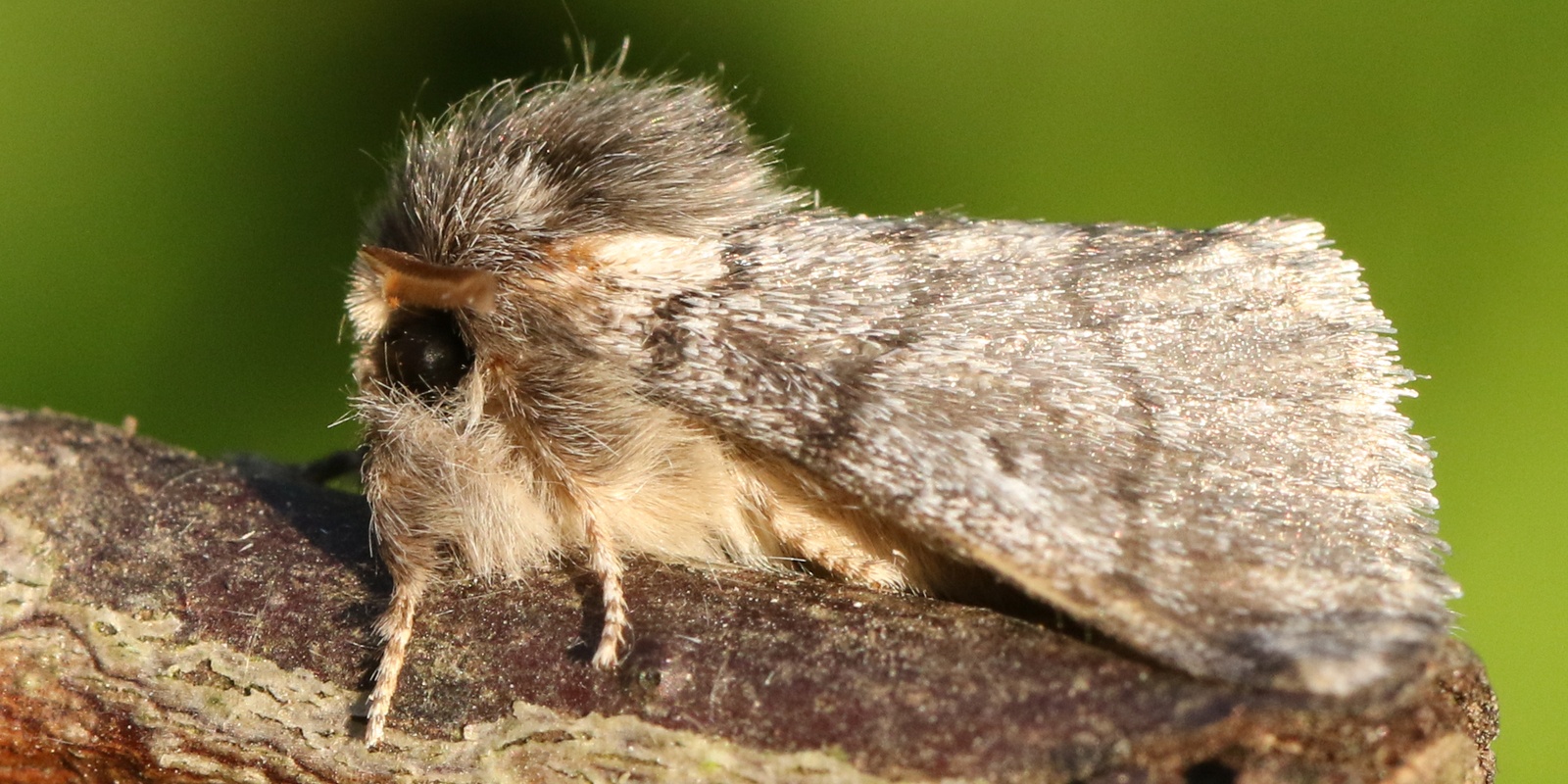
Moths from July to September
The oak processionary moth is an inconspicuous moth that hatches between July and September. The females often lay their eggs for fertilisation on the branches of young oak trees, but ground nests at the foot of the oak trunks are also possible.
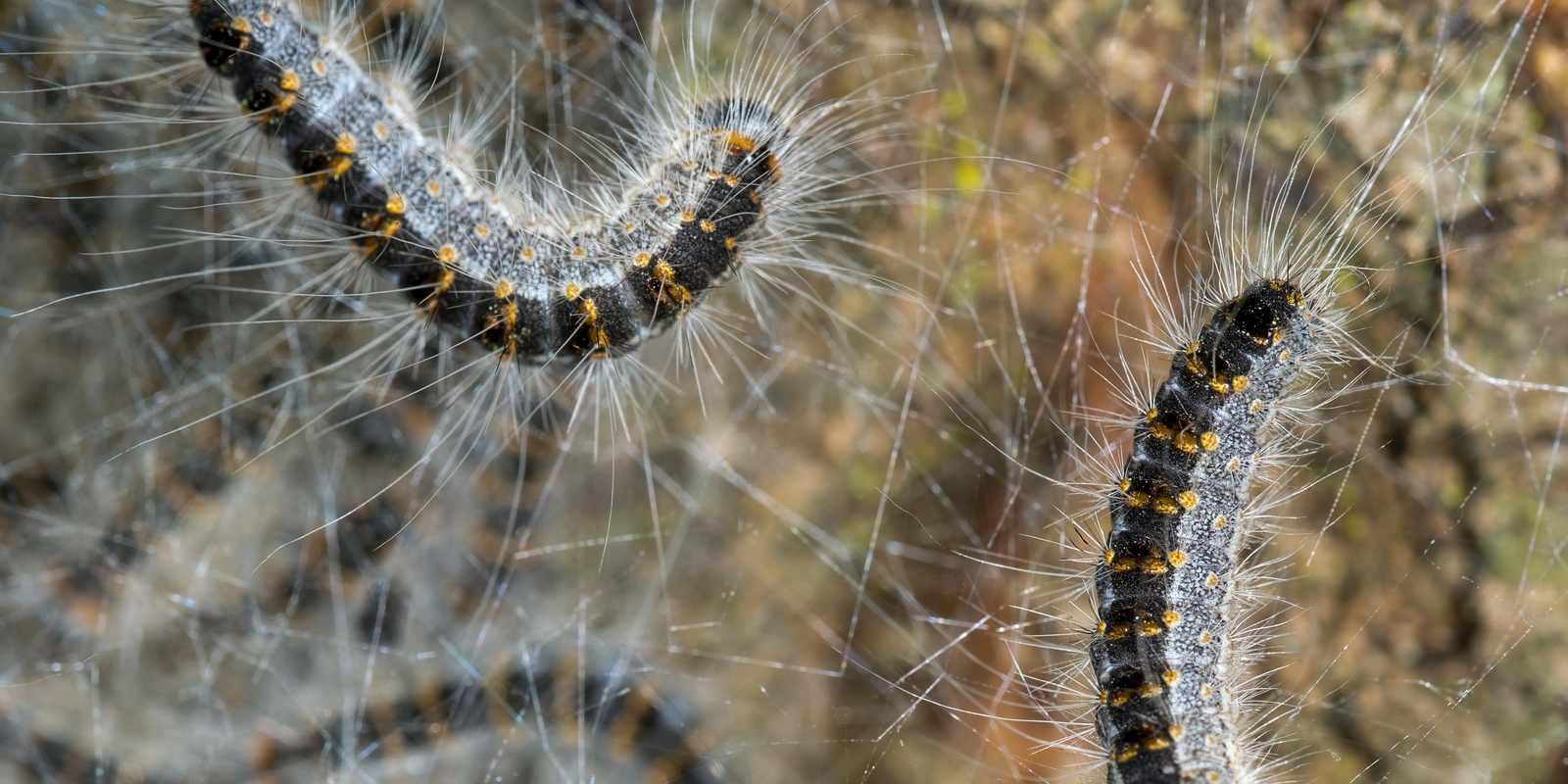
Larvae development from April
The larvae hatch in spring from the egg cases – this can occur as early as April, depending on the weather conditions – and are initially orange. Later, their colour changes to greyish-green, with a lighter area at the sides. The body is covered with fine hairs that are arranged like the bristles of a brush.
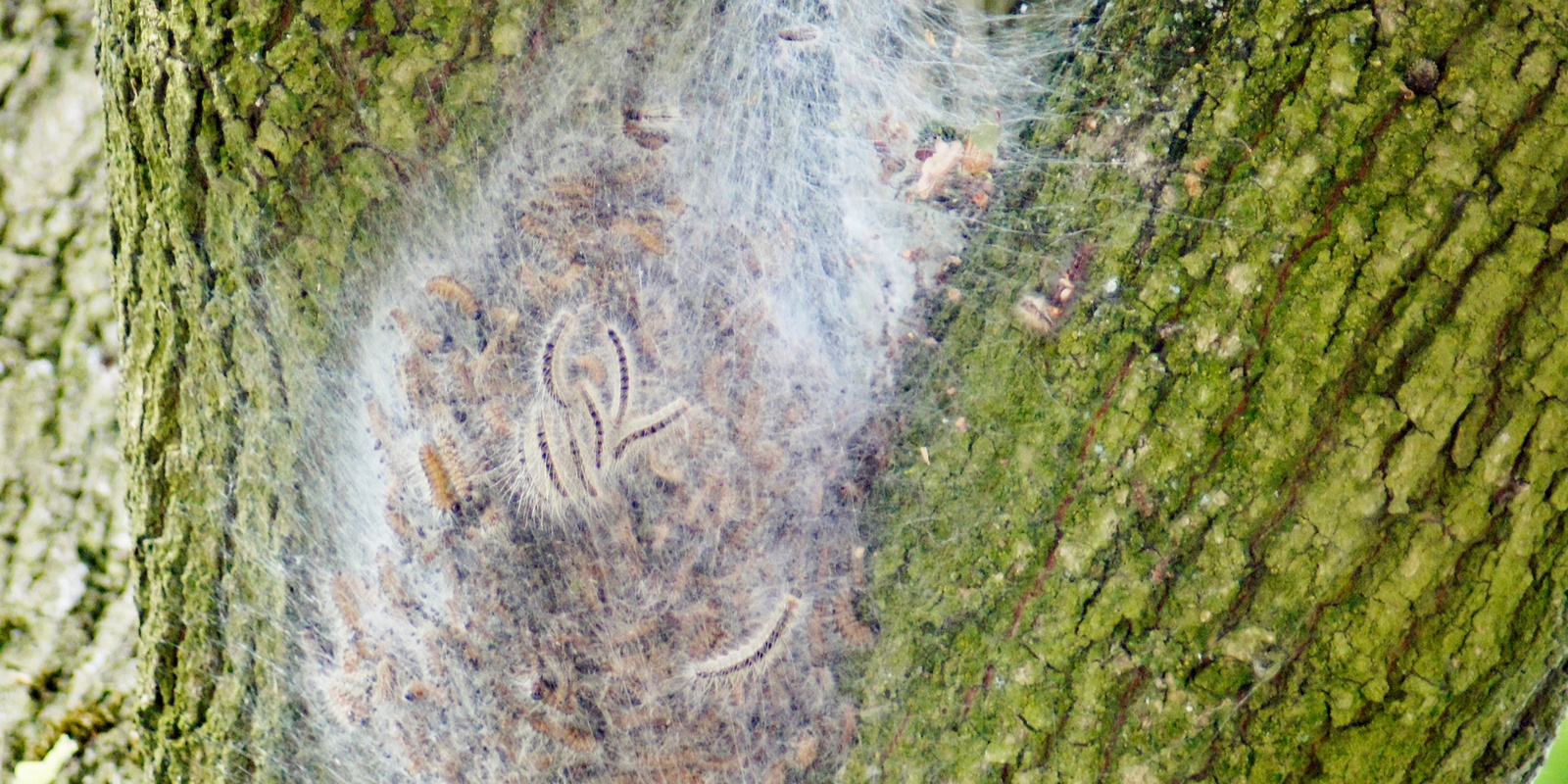
Tree infestations from May to July
Oak processionary moths can be found on trunks from the middle of May to July. One of the special features is that they always move in large groups like in a procession. They also form webs on the trunk or in the branches of the oak trees.
Health risk due to stinging hairs
The danger of the oak processionary moth lies in its poisonous stinging hairs, which may cause a rash, shortness of breath or shock reactions upon contact. The risk exists mainly between the middle of May and June when the larvae develop the stinging hairs after their second moulting, as well as from July to September when the stinging hairs spread further from empty nests. For health reasons a control of the oak processionary moth must therefore be taken into consideration wherever contact between human beings and animals and the stinging hairs cannot be avoided or if particularly vulnerable groups of individuals are affected – e.g. in the vicinity of daycare facilities for children or in the city park. Since chemical or biological countermeasures can cause other hazards to health, it is advisable here to have a method to combat the insects that is environmentally and user-friendly: Mechanical extraction of insects and their nests with the tested and certified safety vacuum cleaners for dust class H.
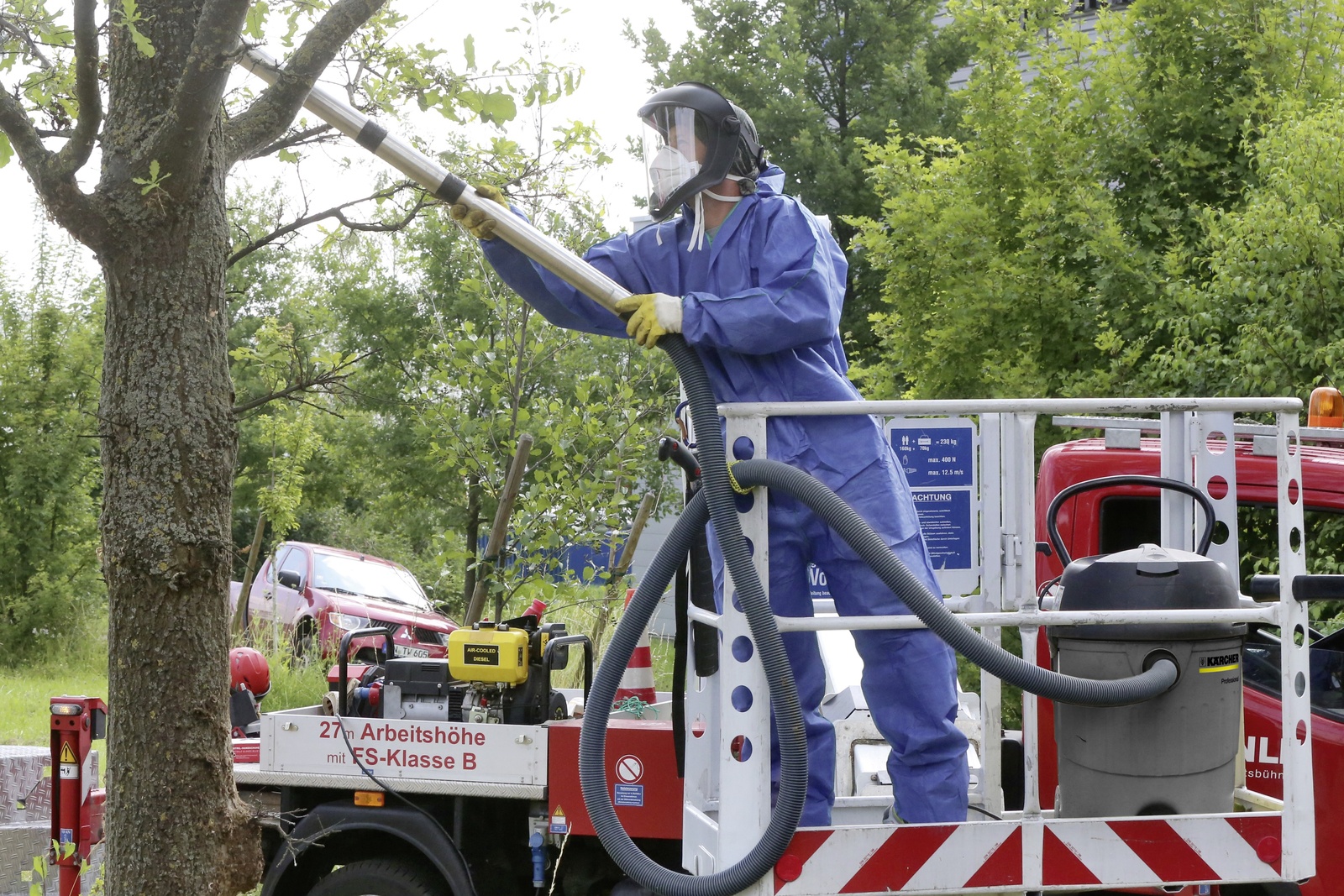
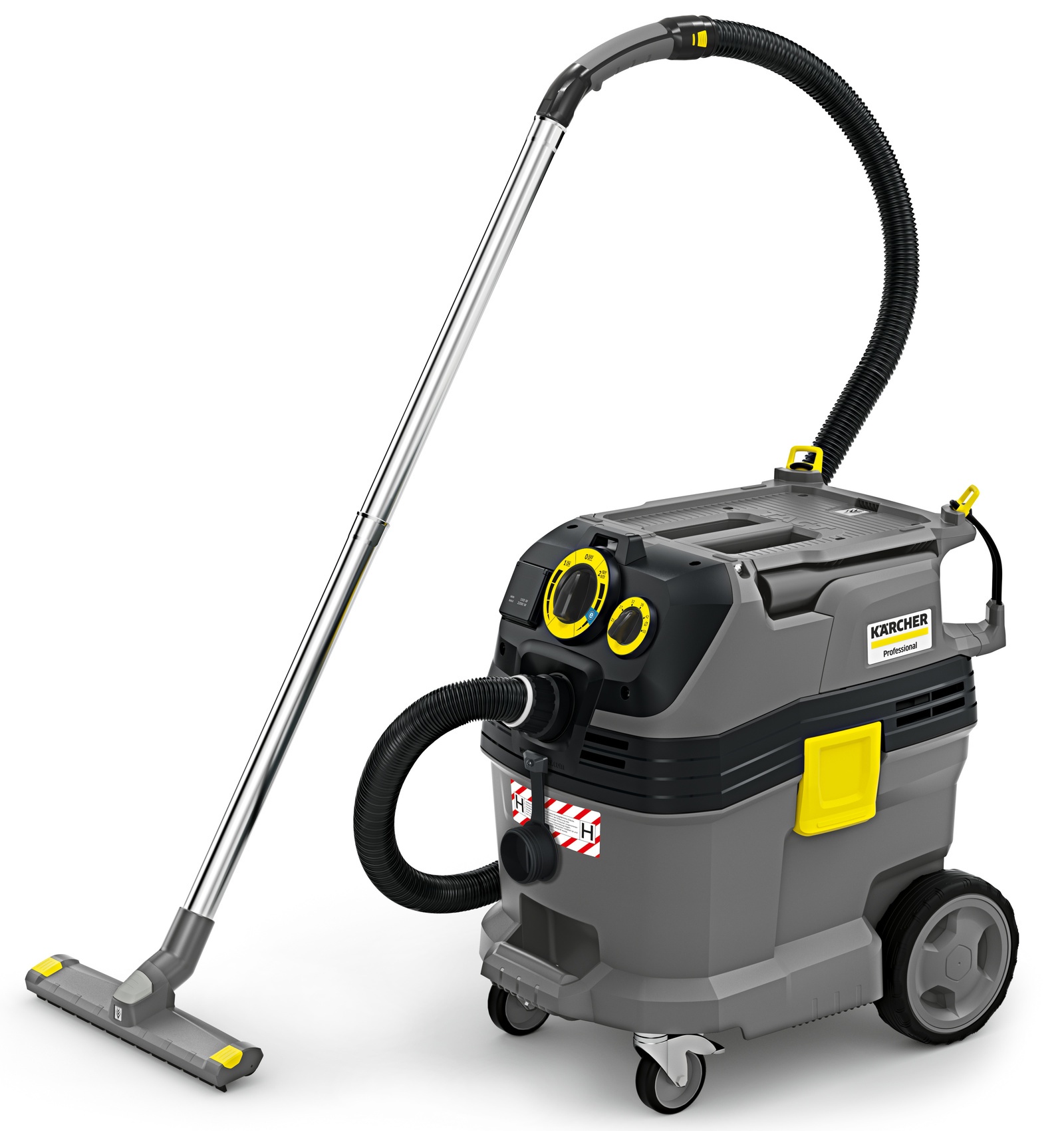
Control with safety vacuum cleaners
The use of safety vacuum cleaners for dust class H, including a safety filter set, is recommended for safe disposal of oak processionary moth infestations. These models are often also approved for asbestos abatement (in this case marked with the TRGS 519 certification) and many other hazardous applications. Unwanted particles – and the fine stinging hairs – are usually absorbed in a safety filter bag made from fleece, which is further protected in a plastic transport bag.
There is also the option of using a PE dust disposal bag without an internal fleece filter bag. The costs for consumables are significantly lower compared to classic safety filter sets. The bags containing the caterpillars and stinging hairs are stored in tightly sealed containers and burned in an incineration plant after consultation and notification.
Thanks to the choice of models with stainless steel suction tubes and electroconductive accessories, there is no risk of static discharge for the user, particularly with fine dust. Small vacuum cleaners with a container volume of 30 litres can be easily used for mobile applications and on small lifting platforms. Operation with standard power generators at 220 to 240 V and 50/60 Hz should also be possible with the selected vacuum cleaner as well as the power supply via an extension cable near buildings.
Important note
The vacuuming and incineration should be carried out by experts only. Compliance with all regulations on personal protective gear (PPE) must also be observed for the disposal in order to avoid health risks for the user. These include protective clothing, gloves, as well as respiratory masks.
Automatic filter cleaning for constant filtration capacity
A further advantage with the use of PE dust disposal bags in H vacuum cleaners is that filter cleaning can still be used according to the "countercurrent principle". Whenever the filter is clogged with dirt, it is cleaned from the outside with fresh air in the opposite direction. This filter cleaning is activated automatically by Kärcher wet and dry vacuum cleaners with the Tact system: If the suction power starts to decrease, the air flow is suddenly reversed. The filtration capacity and suction power remain at a constant high level, even for the absorption of large amounts of fine dust. The machine selects the optimal cleaning interval depending on the level of dust generation. As the filter cleaning does not have to be done by hand, direct contact with the absorbed material is also avoided. In the case of the oak processionary moth, the user no longer comes into contact with the dangerous stinging hairs after the absorption.
Safety vacuum cleaners and dust classes
Vacuum cleaners are classified according to their dust class in the categories L, M and H – with differences in filter capacity and permeation degree. The permeation degree indicates the maximum number of dust particles that may escape from the machine into the air in the room (see table). Class L models are suitable for vacuuming types of non-hazardous dust. Filter capacity requirements are comparatively low and there are no special disposal regulations. Machines belonging to dust class M and H retain even fine types of dust that can penetrate the respiratory tract. Dust class H or M vacuum cleaners are also known as safety vacuum cleaners. These have specific design requirements, such as compulsory air flow monitoring, which warn operators of blockages. Operators must also take specific precautions when removing and disposing of the dust in a dust-free manner.
Dust class
L
Max. permeation degree
≤ 1.0%
Suitable for
■ Types of dust with MAC values of > 1 mg/m³
Use
■ Lime dusts
■ Plaster dusts
Dust class
M
Max. permeation degree
< 0.1%
Suitable for
■ Types of dust with MAC values ≥ 0.1 mg/m³
■ Wood dust up to max. 1200 W/50 l
Use
■ Wood dust (beech, oak)
■ Paint dust particles
■Ceramic dusts
■ Dust from plastics
Dust class
H
Max. permeation degree
< 0.005%
Suitable for
■ Types of dust with MAC values < 0.1 mg/m³
■ Carcinogenic dust (Section 35 of the German Hazardous Substances Ordinance)
■ Pathogenic dust
Use
■ Carcinogenic dusts
(lead, coal, cobalt, nickel,
tar, copper, cadmium, etc.)
■ Mould, bacteria
■ Germs
■ Formaldehyde

